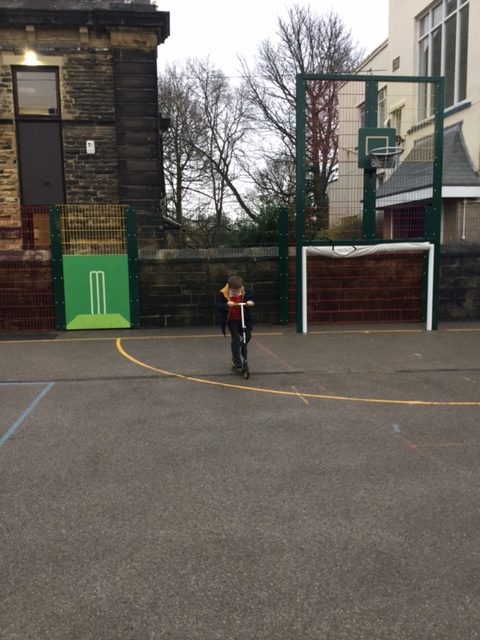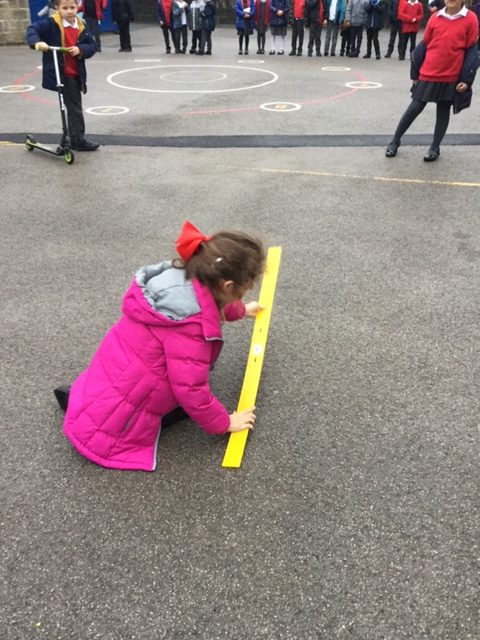Number facts – how to help at home
During this term, our focus in Year 2 has been to reinforce the children’s knowledge of number bonds to 20, in order to support their progress toward age-related expectations in maths. The ability to quickly recall addition facts and corresponding subtraction facts within 20, helps children solve more complicated calculations as they move up the school. For this reason, it is very important that children continue to practise these basic facts.
‘Hit the Button’ game is a great way to encourage children to practise addition and subtraction facts. If you have access to this game at home, spending just ten minutes a few times a week working on these would go towards helping your child internalise these facts and use them when solving more complex problems.
Year 2 book club
We had a great first book club session yesterday. Thank you to all the children who brought in books to share and enjoy with the rest of the class. We had a variety of fiction and non-fiction books and it was interesting to see what the children enjoy reading outside of school. Keep reading!
Look out for the next book club session next year.



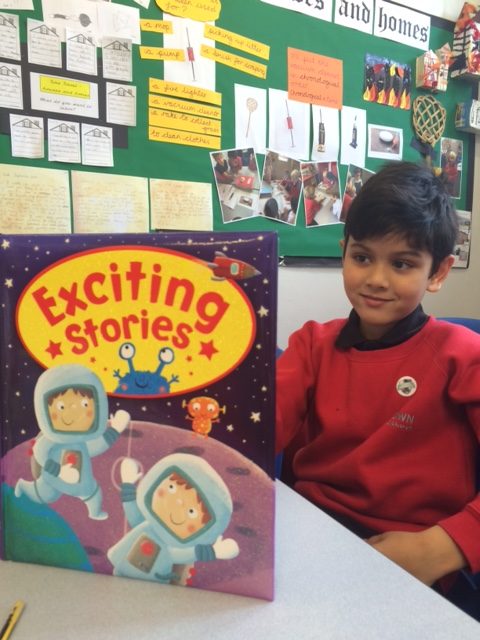

Living Streets update
We are pleased to work alongside the Living Streets local Moortown group to support our aim for children to make healthy, active and safe journeys to school. Here is an update from the group.
A BIG THANK YOU!
Both Living Streets UK and Living Streets Moortown would like to say a big thank you for all the noticeable improvements you have helped to bring about on journeys to and from school this year:
• Reduction in parking in Allerton Avenue (which is access only for residents) and on the double yellow or zig-zag lines adjacent to the school
• Reduction in vehicles mounting the pavement near to the school
• Reduction in vehicles parked with engines idling
• Increase in the number of families opting to Park & Stride from M&S* when driving is unavoidable
* M&S has 200 free 2-hour spaces available and the short walk to school is much safer and more enjoyable with fewer cars passing through key crossing points on the routes to school (such as Allerton Avenue and the
shopping parade entrance & exits).
This is fantastic progress and with continued support from all the families at Moortown we’ll see further improvements in air quality, safer ‘vehicle-free’ pavements and more families choosing to make and enjoy active trips to school.
OUR CURRENT PRIORITIES
While all the improvements we have seen around the school gates are encouraging, there is still a lot to be done. Cars, vans and HGVs continue to be driven up footpaths and recently there appears to be an increase in drivers passing through the main M&S lights while the green man is on so please be mindful of this when crossing.
We are already campaigning to deal with issues like these and the great response we had to our recent survey of parents and carers has helped us to submit a feedback document to the ‘Connecting Leeds’ consultation – a proposal to improve bus and other sustainable travel options in Moortown. We recently met with a representative from the project and are hopeful that some of the suggested pedestrian improvements will be incorporated into the scheme which is due to be delivered next year.
THE YEAR AHEAD…
The Moortown Living Streets Group is still in its first year, but we already have some exciting plans for 2019, including a project to monitor local air quality as well as some great ideas to get Moortown moving!
➢ Register to get involved or receive news here
➢ Access info on walking to school here
Thank you once again for you support to date – it’s making a real difference and we’re keen for that to continue throughout the year ahead.
Season’s Greetings!
From everyone at Moortown Living Streets Group
E: moortowngroup@livingstreets.org.uk T: @moortownlsg
Sport at Allerton Grange
Year 6 walked to Allerton Grange this morning to work with the sports leaders there.
We enjoyed drills on football skills, teamwork skills, basketball skills, agility and all sorts of other sporting skills developed through a myriad of activities.
First, we warmed up.
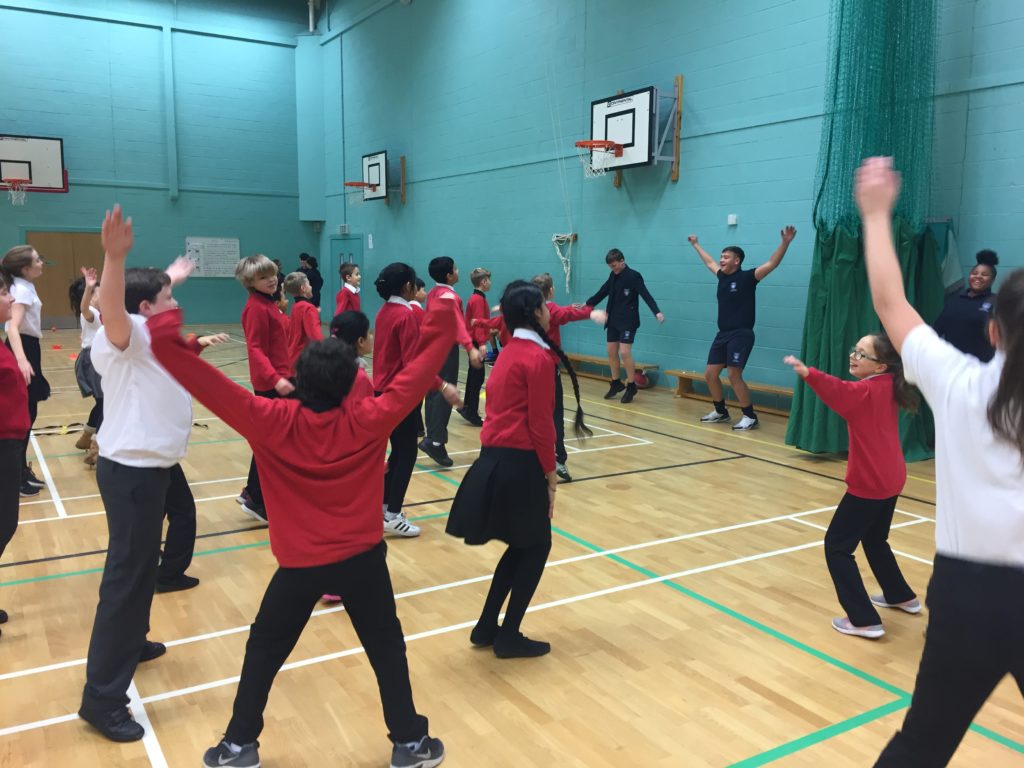
We worked on our control.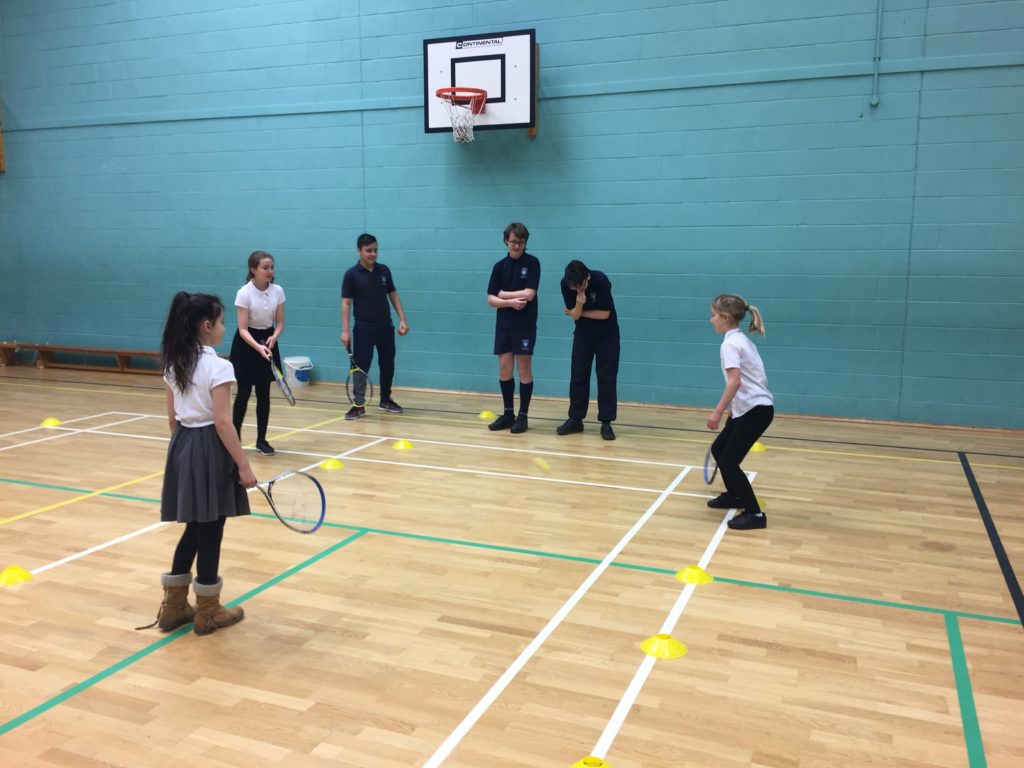
We worked on our balance.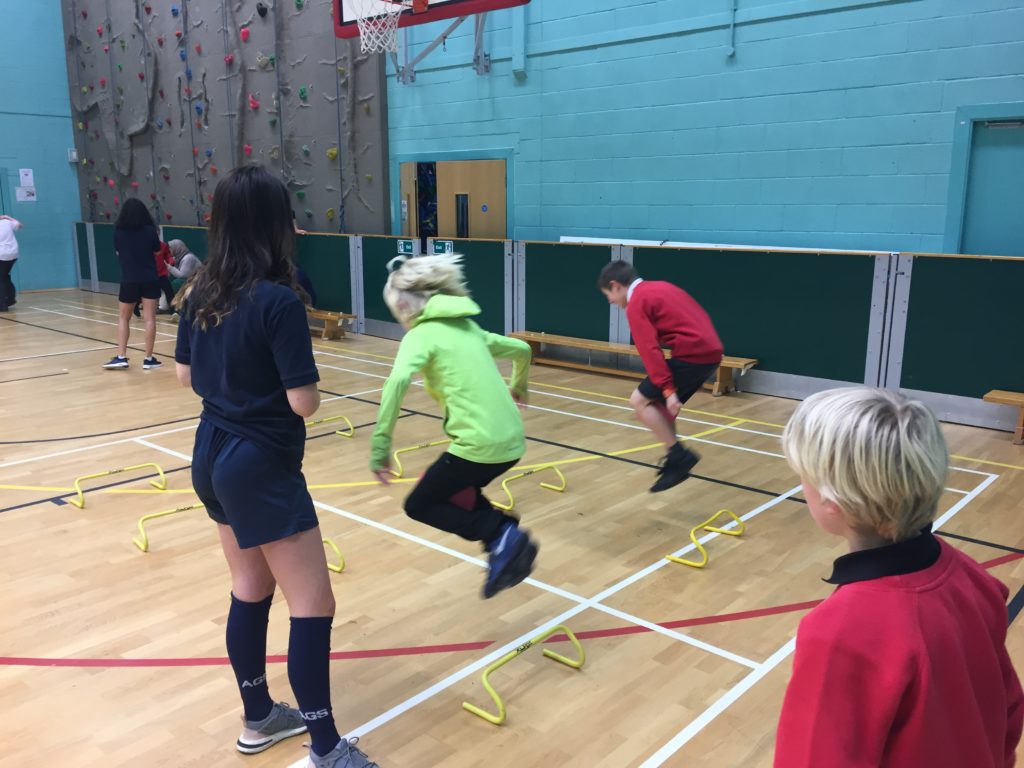
We worked on speed and agility.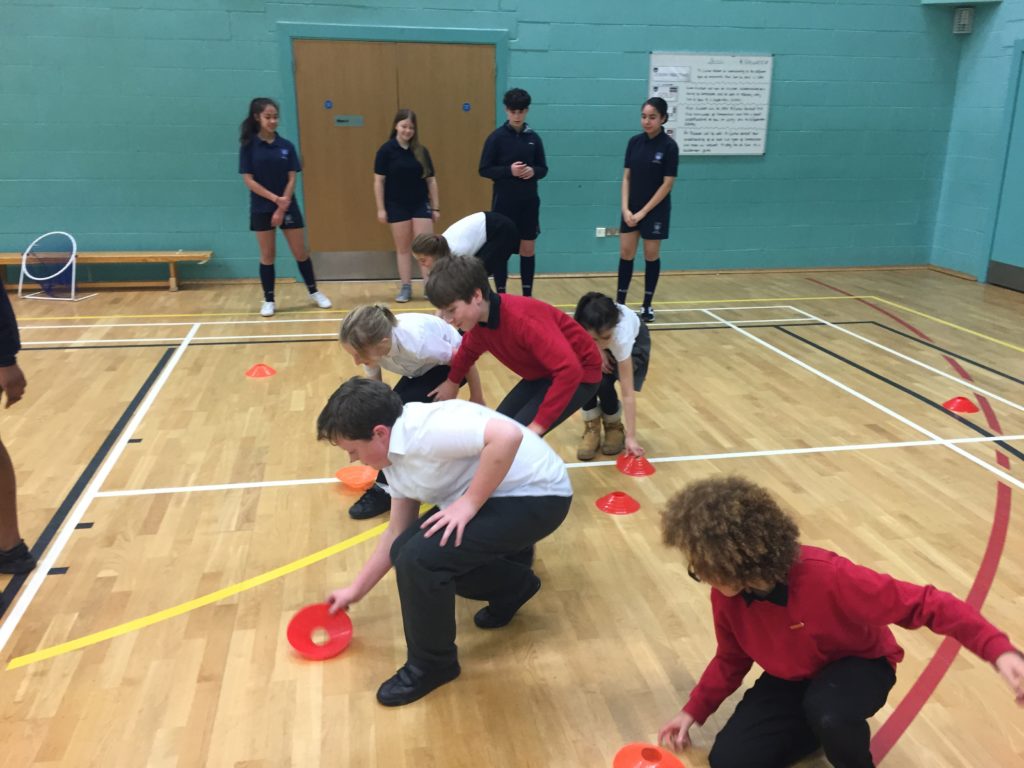
The room was constantly busy and all of the children we focused and enjoying themselves.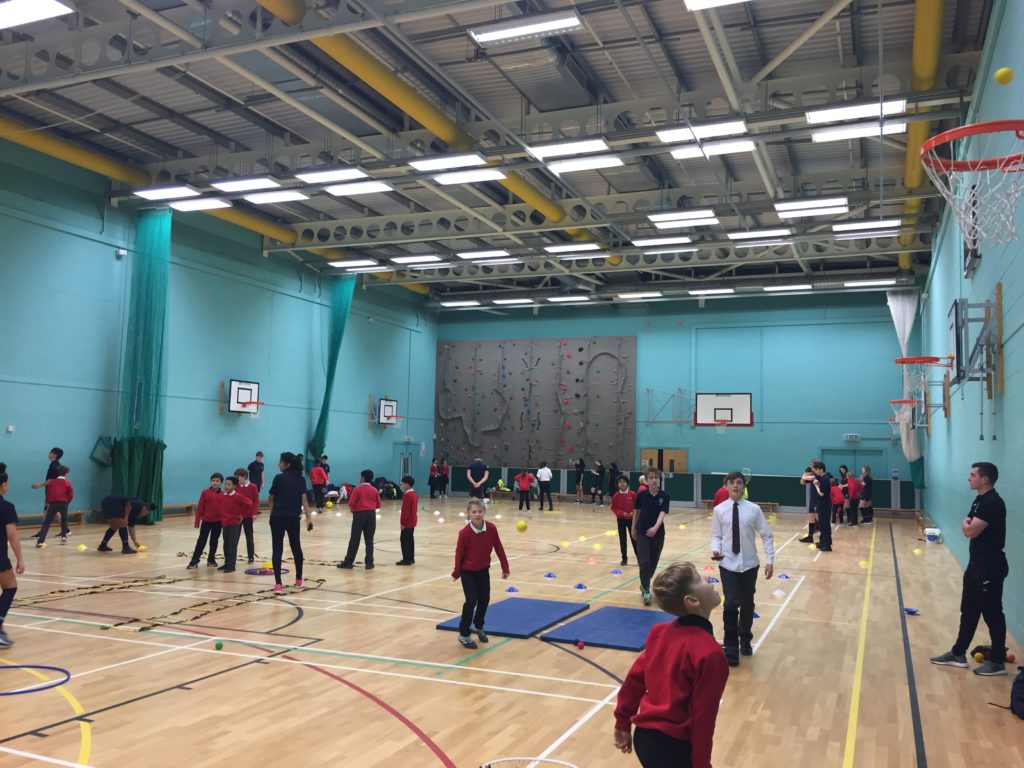
Living and Learning: Don’t be a sheep
As part of our Living and Learning: Identity theme, Year 6 have thought about what it means to be a sheep.
We discussed when we might act ‘sheepish’ and the children were really honest with their behaviour creating a rich and useful discussion around this subject.
We decided that you needed to have courage and be resilient in order to not act ‘sheepish’ and mind mapped ideas for what we could do in those situation where we’re not necessarily making decisions for ourselves.
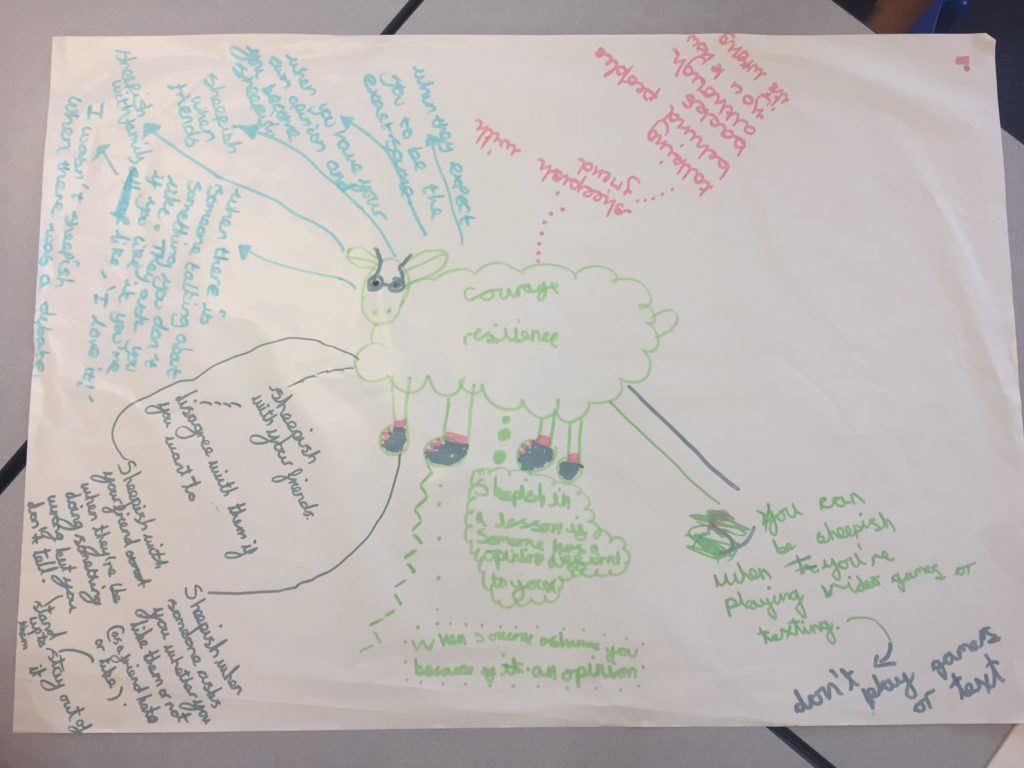
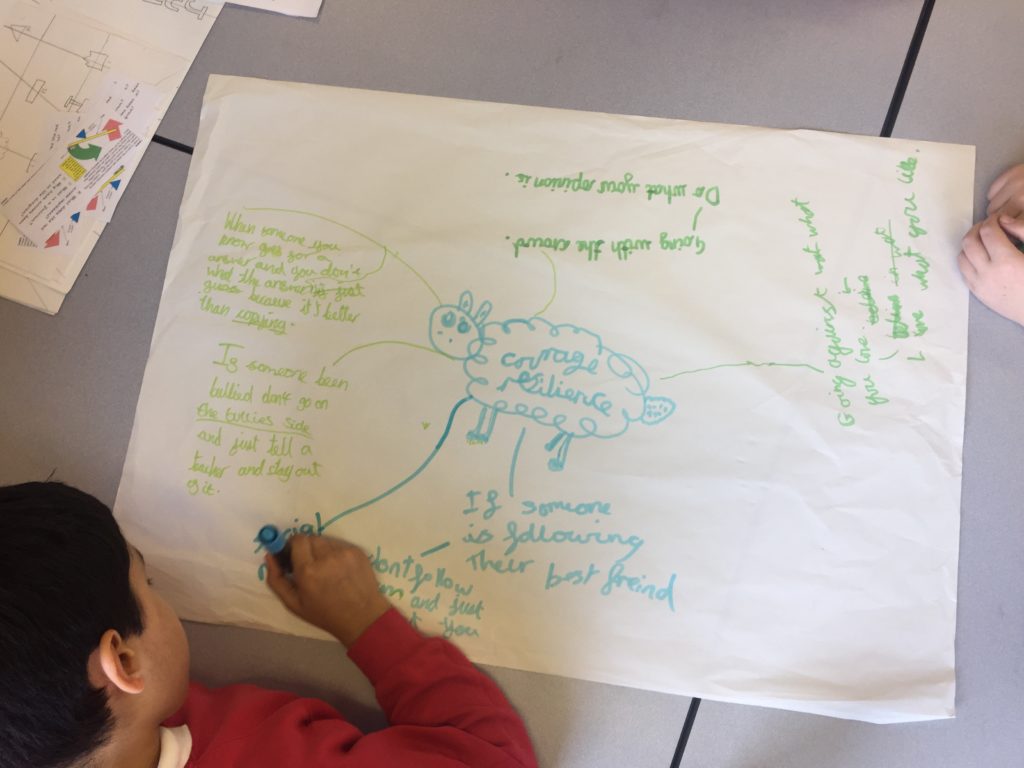
Ask your child whether they think they act like a sheep sometimes, whether they wish they didn’t and what they could do to be more independent in those situations.
We are observant in Y5!
We spotted one of our featured inventors from our Time Travel topic in First News! The article was about Ada Lovelace who invented the first computer program.
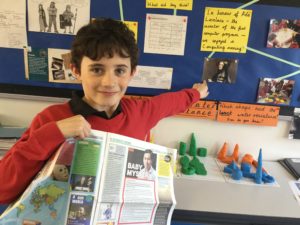
Great reading! Keep it up!
What is a lever?
This week’s Science is all about levers. As a short introduction, to learn the parts of a lever, Y5 were challenged to make a balanced lever using a pencil, ruler and two coins.
Challenge your child! In our mini lever, which part was the:
- beam?
- load?
- fulcrum?
Some of us managed it to make our levers balanced!



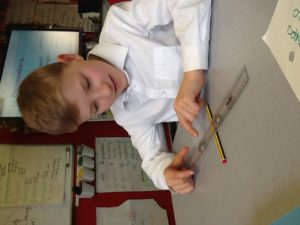
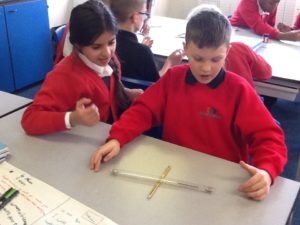
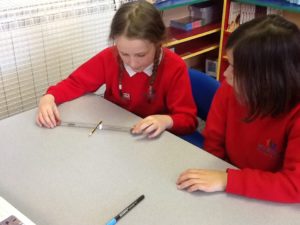
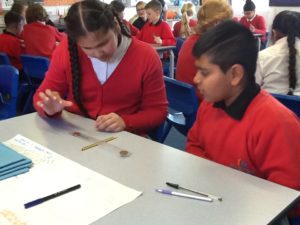
Living and Learning – Discrimination
In this week’s Living and Learning lesson, our topic was discrimination. But first, we watched a video about Welsh rugby legend, Gareth Thomas, and thought of adjectives to describe him.
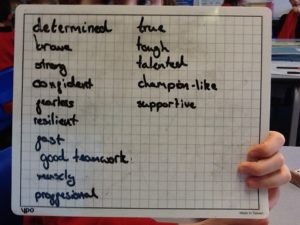
Next, we discussed a recent news story where Gareth Thomas was targeted in a homophobic attack. This means that he was assaulted because he is gay.
Gareth Thomas decided to use restorative practice and to sit down with his attacker and talk. He said: “I thought the perpetrator would learn more that way.” We discussed how the following words were just as applicable for his actions after being attacked as well as playing rugby.
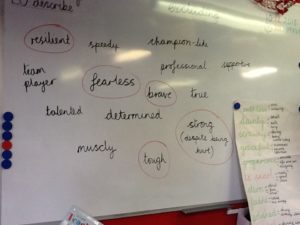
We talked about discrimination against other groups of people, too. We defined sexism, racism, disablism and homophobia.
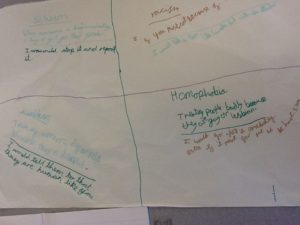
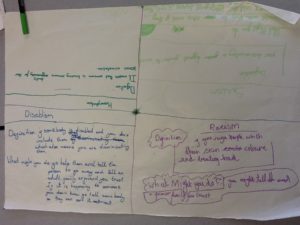
Importantly, we discussed what to do if you see or hear any discriminatory behaviour or what you should do if it happens to you.
You should call it for what it is. For example, “That’s discrimination and that’s not ok.” You should tell an adult or someone you trust. Being open and honest with what you see or what happens can help everyone to learn.
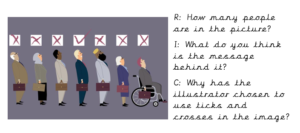
We linked our L&L to our reading, using a RIC (Retrieve, Infer and understand writer’s Choice). This helped us discuss who might be discriminated against and that it’s not right because everyone should be treated fairly and given the same opportunities.
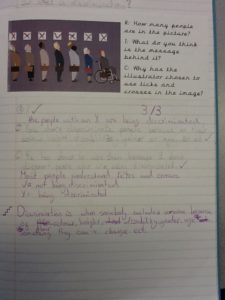
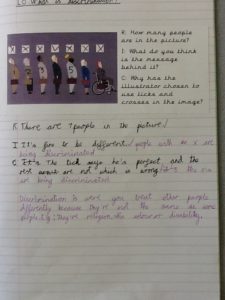
Challenge your child: Can they tell you a definition for discrimination without looking? Do they know what to do if they see or hear it happening?
Living and learning: New Childline website – Speak out Stay safe
Staying Safe is one of our Living and Learning related themed weeks this year, taking place in February.
As part of the NSPCC’s Speak out Stay safe programme, Childline has launched a Speak out Stay safe website aimed at children under the age of 12. This provides age appropriate content on topics including: bullying, family, friends, feelings, school, abuse and staying safe. It also includes games and therapeutic tools for young visitors to play and express how they are feeling.
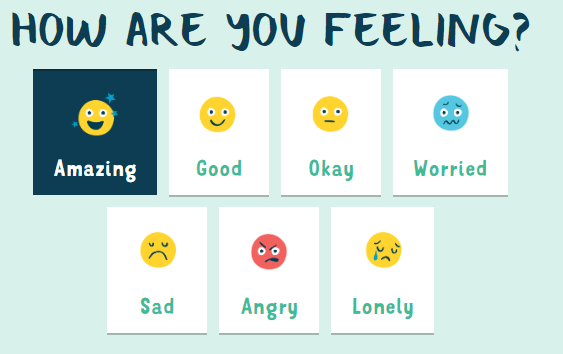
Forces around us
As we continue our mini topic on forces, Year 2 have been thinking about forces around us for their latest homework.
One example is using a scooter (and also making an active journey to school!).
We took our learning outside and explored how forces help the scooter to move, speed up, slow down or change direction.
We tested how far the scooter travelled with one push off so in addition to the science learning, we also thought about maths learning too.
What are the units for measuring distance?
What would be the most appropriate unit for measuring the distance?
What is your estimate of the distance travelled?
How could we measure the distance?
To show that metres would be the most appropriate unit for measuring, we used the metre ruler to show that the scooter travelled 9m across the playground.
Friction is also working as a force and we talked about how the surface the scooter is travelling on affects its speed.
